Understanding Scope 1, 2, and 3 emissions is essential in managing your company's carbon footprint. Terms like "Scope 1, 2, and 3 emissions" frequently arise in discussions about sustainability, but what do they actually mean, and why should businesses care?
This comprehensive guide will help you navigate these concepts and provide actionable steps to reduce your company's environmental impact.
What are carbon emissions?
Before diving into the specifics of Scope 1, 2, and 3 emissions, let's briefly recap what carbon emissions are. Carbon emissions refer to the release of greenhouse gases (GHGs) like carbon dioxide (CO₂) and methane (CH4) into the atmosphere. These gases trap heat, contributing to global warming and climate change. Businesses contribute to carbon emissions in various ways, from direct activities like burning fossil fuels to indirect activities like purchasing electricity. By understanding the sources and impact of these emissions, businesses can take effective measures to reduce their carbon footprint.
Scope 1 Emissions
Direct Emissions
Scope 1 emissions are the direct emissions from sources that are owned or controlled by the company. This includes emissions from combustion in boilers, furnaces, vehicles, and chemical production from owned or controlled process equipment.
Scope 1 Examples:
- On-site Fuel Combustion: Emissions from burning natural gas in heating systems.
- Company Vehicles: Emissions from fuel used in company-owned vehicles.
- Industrial Processes: Emissions from chemical reactions during manufacturing processes.
Scope 2 Emissions
Indirect Emissions From Purchased Energy
Scope 2 emissions are the indirect emissions from the generation of purchased energy, such as electricity, steam, heating, and cooling consumed by the reporting company. While these emissions occur at the energy producer’s facility, they are accounted for in the company’s GHG inventory because they result from its energy use.
Scope 2 Examples:
- Purchased Electricity: Emissions generated by power plants that produce the company's electricity.
- Purchased Heating and Cooling: Emissions from external facilities that provide heating or cooling services.
Scope 3 Emissions
Scope 3 emissions are all other indirect emissions that occur in the value chain of the reporting company, both upstream and downstream. These emissions often represent the largest portion of a company’s total GHG emissions.
Upstream Emissions
Category 1. Purchased Goods and Services
Emissions from producing goods and services the company buys cover all upstream emissions.
Category 2. Capital Goods
Emissions from producing long-lasting goods like machinery and buildings used by the company.
Category 3. Fuel and Energy-Related Activities
Emissions related to the production of fuel and energy consumed by the company not included in Scope 1 or 2.
Category 4. Transportation and Distribution
Emissions from transporting goods to the company using third-party vehicles and facilities.
Category 5. Waste Generated in Operations
Emissions from the disposal and treatment of waste generated by the company.
Category 6. Business Travel
Emissions from employee travel for business purposes in third-party vehicles.
Category 7. Employee Commuting
Emissions from employees traveling between their homes and worksites.
Category 8. Leased Assets
Emissions from operating leased assets not included in Scope 1 or 2.
Downstream Emissions
Category 9. Transportation and Distribution
Emissions from transporting and distributing sold products to the end consumer using third-party vehicles and facilities.
Category 10. Processing of Sold Products
Emissions from processing intermediate products sold by the company to third parties.
Category 11. Use of Sold Products
Emissions from the use of goods and services sold by the company.
Category 12. End-of-Life Treatment of Sold Products
Emissions from disposing and treating products sold by the company at the end of their life cycle.
Category 13. Leased Assets
Emissions from operating assets owned by the company and leased to others.
Category 14. Franchises
Emissions from operating franchises under the company's brand not included in Scope 1 or 2.
Category 15. Investments
Emissions associated with the company's financial investments.
By understanding each category of Scope 3 emissions, businesses can comprehensively assess their carbon footprint and identify key areas for targeted reduction efforts. Arbor’s carbon accounting platform is designed to help companies accurately measure product carbon footprints, a major part of your company’s Scope 3 emissions under the Purchased Goods and Services category. We also provide actionable insights to reduce data-backed accuracy.
Request a demo to measure your Scope 1, 2, and 3 emissions in half the time with Arbor.
Scope 1, 2, and 3 Emissions Overview
GHG Inventory of Scope 1, 2, and 3 Emissions
This graphic visually represents the Scope 1, 2, and 3 greenhouse gas emissions inventory by illustrating the upstream, downstream, and direct activities within a company's carbon footprint.

- Scope 1 (Direct): The central arrows highlight company facilities and company vehicles, which are direct emission sources under the company’s control.
- Scope 2 (Indirect): The image shows energy use (purchased electricity, steam, heating, and cooling) that contributes to indirect emissions from energy production.
- Scope 3 (Indirect): Surrounding Scope 1 and 2, the circular pathway illustrates both upstream (e.g., purchased goods, capital goods, transportation, business travel) and downstream (e.g., use of sold products, end-of-life treatment, investments) activities. This captures the emissions outside the company’s immediate operations but connected through the supply chain and product life cycle.
The diagram also shows various greenhouse gases (CO₂, CH₄, N₂O, HFCs, PFCs, SF₆) that contribute to climate change, further emphasizing the wide-reaching impact of Scope 1, 2, and 3 emissions on the environment.
Scope 1, 2, and 3 Emissions Categories
This image breaks down the different categories of greenhouse gas (GHG) emissions based on the Scope 1, 2, and 3 Emissions classifications.

- Scope 1 includes direct emissions from company-owned or controlled sources such as company facilities and company vehicles. These emissions are categorized as upstream, meaning they occur early in the company's operations.
- Scope 2 accounts for indirect emissions from the generation of purchased energy, specifically purchased electricity, steam, heating, and cooling for the company’s own use. These are upstream as well.
- Scope 3 includes both upstream and downstream indirect emissions. Upstream activities, such as the production of purchased goods and services, capital goods, and employee commuting, are related to what the company buys or the services it uses. Downstream activities focus on emissions generated after products leave the company, including transportation and distribution, the use of sold products, and end-of-life treatment for those products. Scope 3 is the broadest and most indirect type of emission, often involving the supply chain and product lifecycle.
Why Is Measuring Scope 1, 2, and 3 Emissions Important?
Regulatory Compliance
Governments are increasingly imposing regulations that require businesses to report and reduce carbon emissions. Complying with these regulations is essential to avoid penalties and operate legally.
Corporate Responsibility
Consumers and investors are becoming more eco-conscious and demanding transparency and action on climate change. Measuring and reducing emissions can enhance a company’s reputation and customer loyalty.
Operational Efficiency
Identifying and reducing emissions often lead to cost savings and improved operational efficiency. Energy-efficient practices and renewable energy investments can lower operating costs in the long run.
Competitive Advantage
Companies that proactively manage their emissions can differentiate themselves from competitors and attract eco-conscious customers and investors.
Measuring, Reporting & Reducing Scope 1, 2, and 3 Emissions
Step 1: Scope & Methodology
The first step in managing emissions is to scope out and define the boundaries for what will be included in the GHG inventory and choose an appropriate method of calculation.
Identification of GHG Emissions Sources
Identify all sources of greenhouse gas emissions within company operations, including direct emissions from fuel combustion and industrial processes, indirect emissions from purchased electricity, and value chain activities.
Select a Calculation Approach
- Direct Measurement: Involves real-time monitoring of GHG emissions. This method is precise but costly and technically demanding.
- Emission Factors: Most commonly used approach, where standardized emission factors are applied to calculate emissions accurately.
Step 2: Collecting Data
Gathering accurate primary data is key. This involves collecting data on fuel use, energy consumption, and emissions from all relevant sources. Engage with stakeholders and suppliers to ensure the accuracy of this data.
Step 3: Measuring Emissions
Using the collected data, apply standardized methods to calculate emissions. Tools like carbon accounting software can aid in measuring emissions with high accuracy.
- Scope 1 Emissions: Direct measurement or calculation based on activity data and emission factors.
- Formula Example: CO₂ Emissions = Fuel Consumption × Emission Factor
- Scope 2 Emissions: Calculation based on energy consumed and the emission factors associated with energy production.
- Formula Example: CO₂ Emissions = Electricity Consumption × Grid Emission Factor
- Scope 3 Emissions: Use primary data from suppliers or secondary data from industry averages.
- Formula Example: CO₂ Emissions = ∑ (Amount of Purchased Good × Emission Factor of the Good)
Step 4: Reporting to Stakeholders
Transparent reporting builds trust and demonstrates a commitment to reducing emissions. Communicate emissions data through sustainability reports, regulatory filings, and direct communication with stakeholders.
- Sustainability Reports: Regularly publish detailed reports that outline emissions, methodologies, and progress towards reduction targets.
- Regulatory Filings: Submit required emission data to authorities to comply with regulations.
- Stakeholder Engagement: Maintain open communication with investors, customers, employees, and the community.
Step 5: Reducing Emissions
Implement strategies to reduce emissions across all scopes. Here are some actionable methods:
Energy Efficiency and Renewable Energy
- Implement Energy-Saving Measures: Upgrade to energy-efficient equipment and improve building insulation.
- Transition to Renewable Energy: Invest in solar, wind, or hydropower.
Supplier Engagement
- Enhance Supplier Sustainability: Work with suppliers to reduce their emissions and adopt low-carbon materials and technologies.
Product Design and Durability
- Sustainable Design Practices: Design products to last longer and use sustainable materials.
Fuel-Related Emissions
- Electrify Equipment: Replace gas-powered equipment with electric alternatives.
Innovation and Technology
- Invest in Carbon Capture: Utilize carbon capture and storage technologies.
- Adopt Electric Vehicles: Transition to an electric fleet to reduce transportation emissions.
Future Trends and Regulatory Impact
The Impact of Regulators
Regulatory bodies globally are tightening their focus on emissions reporting and reduction. In the United States, the SEC’s new Climate Disclosure Rules mandate detailed reporting of greenhouse gas emissions (Scope 1, 2, and sometimes Scope 3) for publicly traded companies. Similar regulations are being implemented in the EU under the Corporate Sustainability Reporting Directive (CSRD).
Future-Proofing Your Climate Strategy
To stay ahead of regulatory changes and stakeholder expectations, continuously evolve your climate strategies. Set ambitious emission reduction targets and invest in innovative technologies to track and reduce emissions.
Summary
Understanding and managing Scope 1, 2, and 3 emissions is vital for any business committed to sustainability. Here are the key takeaways:
- Scope 1 Emissions: Direct emissions from sources owned or controlled by the company.
- Scope 2 Emissions: Indirect emissions from the generation of purchased energy.
- Scope 3 Emissions: Other indirect emissions across the value chain.
Effective management involves collecting accurate data, measuring emissions with standardized frameworks, transparently reporting findings, and implementing reduction strategies. Between 1995 and 2015, global emissions dramatically increased, with Scope 1 emissions growing by 47%, Scope 2 by 78%, and Scope 3 by 84%. By future-proofing your climate strategy, your business can remain compliant and competitive in a rapidly changing regulatory landscape.
Ready to take the next step in managing your emissions? Request a demo today with Arbor and start your journey towards a more sustainable future.
For more insights and updates on carbon accounting, follow Arbor on LinkedIn.
Measure your carbon emissions with Arbor
Simple, easy carbon accounting.

FAQ about Scope 1, 2, and 3 Emissions
What are scope 1, scope 2, and scope 3 emissions?
Scope 1 emissions are direct greenhouse gas emissions from sources that are owned or controlled by the company. Scope 2 emissions are indirect emissions from the consumption of purchased energy such as electricity, steam, heating, and cooling. Scope 3 emissions encompass all other indirect emissions that occur in a company’s value chain, both upstream and downstream.
What is scope 2 emission by definition?
Scope 2 emissions refer to the indirect greenhouse gas emissions from the generation of purchased energy consumed by the company. These emissions occur at the facility where the energy is produced, but they are accounted for in the company’s greenhouse gas inventory.
What is a scope 3 emission?
Scope 3 emissions are all other indirect emissions that occur in a company’s value chain. These include both upstream and downstream activities such as purchased goods and services, business travel, employee commuting, waste disposal, and the use of sold products.
How to calculate scope 1 and scope 2 emissions?
Scope 1 emissions can be calculated by measuring direct emission sources such as fuel consumption in company vehicles and on-site combustion processes. Scope 2 emissions are calculated based on the energy consumed (e.g., electricity usage) and the associated emission factors from the energy producer. Companies often use standardized emission factors and carbon accounting software to ensure accuracy.
Is electricity a scope 1 or 2?
Electricity consumption is categorized as a Scope 2 emission because it is an indirect emission resulting from the generation of purchased electricity.
Is purchased gas scope 1 or 2?
Purchased gas is typically considered a Scope 1 emission if it is combusted on-site by the company. If the gas is used to generate purchased energy off-site, it would be included in the Scope 2 emissions.
Is heating scope 2?
Yes, heating is generally considered a Scope 2 emission if it is provided by an external energy source. If the heating is generated on-site using company-owned equipment, it would fall under Scope 1 emissions.
How to reduce scope 1 and 2 emissions?
Companies can reduce Scope 1 and 2 emissions by improving energy efficiency, switching to renewable energy sources, optimizing fuel use, and adopting low-emission technologies. Implementing these strategies can significantly lower the direct and indirect emissions attributed to company operations.
Is it mandatory to report scope 1 and 2 emissions?
Reporting requirements for Scope 1 and 2 emissions depend on regional regulations and industry standards. Many countries and regulatory bodies now mandate the reporting of these emissions to ensure transparency and accountability in corporate greenhouse gas inventories.
Is business travel scope 1 or 3?
Business travel is classified as a Scope 3 emission because it involves indirect emissions from third-party vehicles and services used for employee travel.
Does net zero include scope 3?
Achieving net-zero emissions typically includes addressing all three scopes of emissions—Scope 1, 2, and 3. This comprehensive approach ensures that a company manages its entire carbon footprint, including indirect emissions across its value chain.
Is water consumption scope 3?
Yes, water consumption-related emissions are considered Scope 3 emissions. This includes the energy and resources associated with water extraction, purification, and distribution.
Are leased cars in scope 1 or 3?
Emissions from leased cars are generally classified under Scope 3 if they are operated by the company but not owned. If the company owns the cars, the emissions would fall under Scope 1.
Is waste scope 1 or 2?
Emissions from waste are typically considered Scope 3, not Scope 1 or 2. These emissions arise from the treatment and disposal of waste generated by the company’s operations.
What are scope 1 emissions examples?
Examples of Scope 1 emissions include emissions from company-owned vehicles, on-site fuel combustion in boilers and furnaces, and chemical processes in manufacturing.
What are scope 4 emissions?
Scope 4 emissions, although not universally defined, typically refer to avoided emissions. These are the reductions in greenhouse gases resulting from sold services or products that help others reduce their emissions.
Who needs to report scope 1 and 2 emissions?
Companies in many jurisdictions are required to report Scope 1 and 2 emissions, particularly publicly traded companies and those in industries with high environmental impact. Regulatory mandates such as the SEC’s Climate Disclosure Rules in the U.S. and the EU’s Corporate Sustainability Reporting Directive (CSRD) specify these requirements.
How to reduce scope 1, 2, and 3 emissions?
Reducing emissions across all scopes involves a range of strategies, including energy efficiency measures, transitioning to renewable energy, optimizing supply chains, designing sustainable products, and engaging stakeholders in sustainability initiatives.



%20Directive.webp)
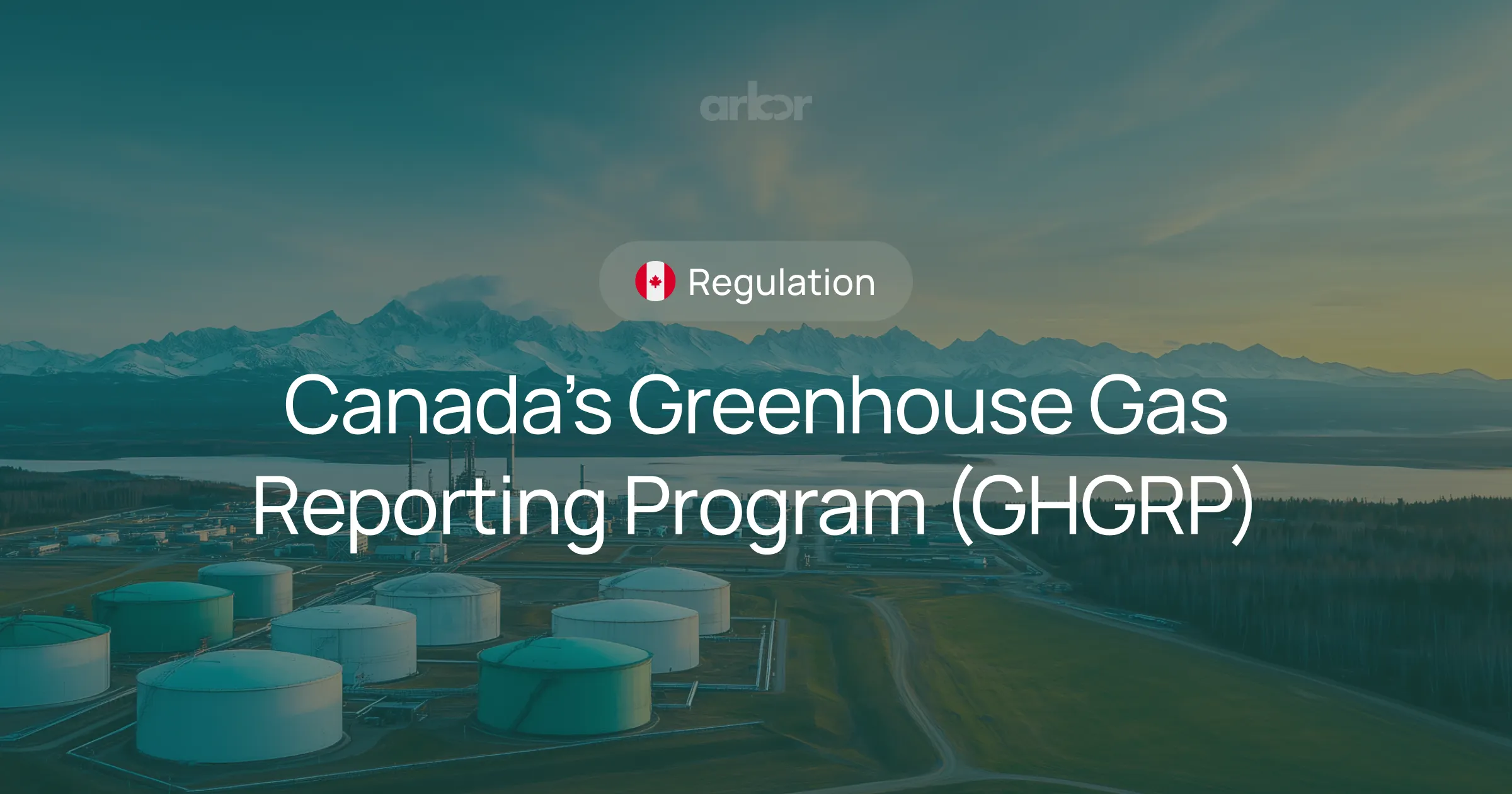

.webp)
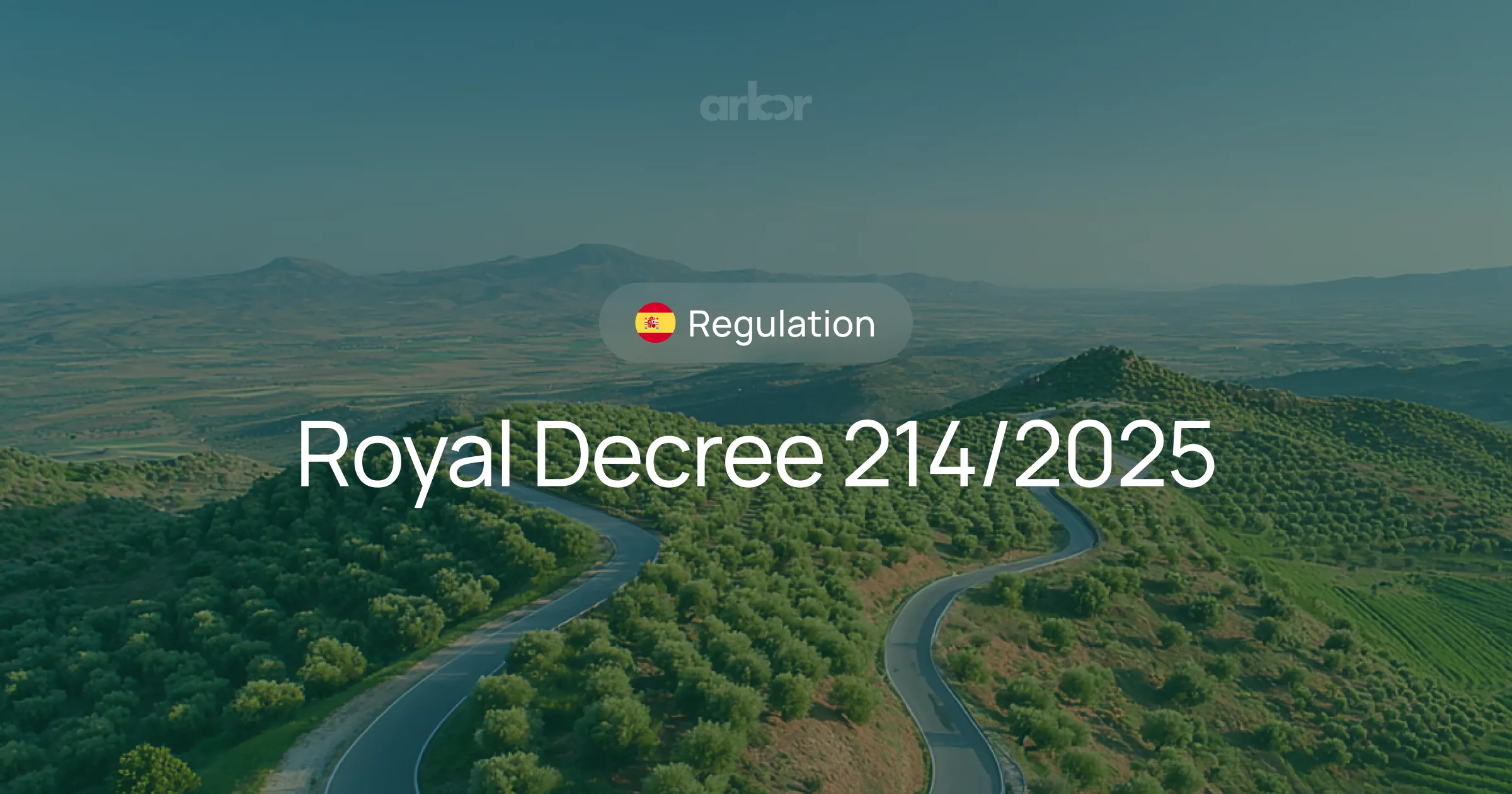










%20Arbor.avif)





%20Arbor.avif)


.avif)
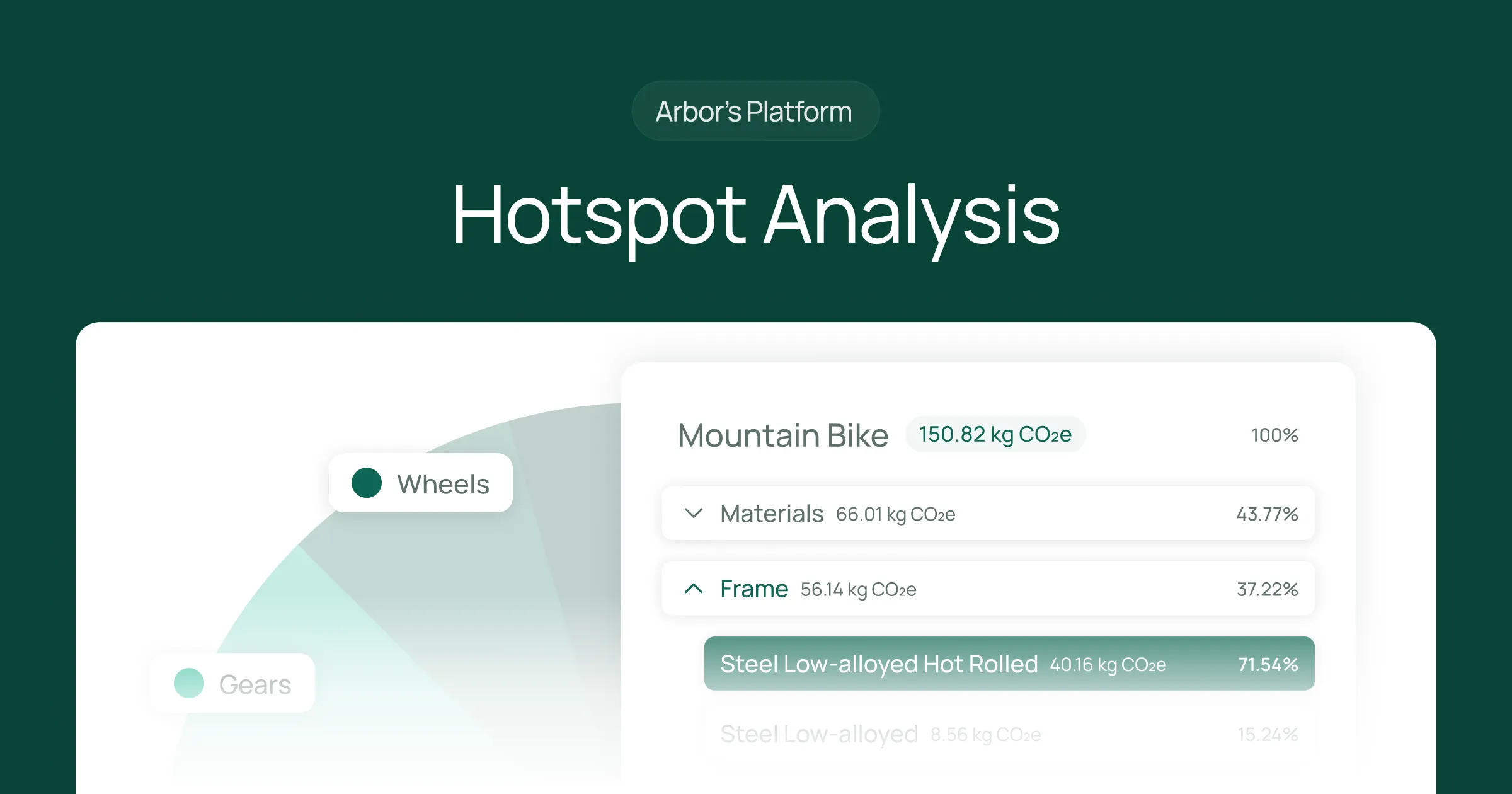


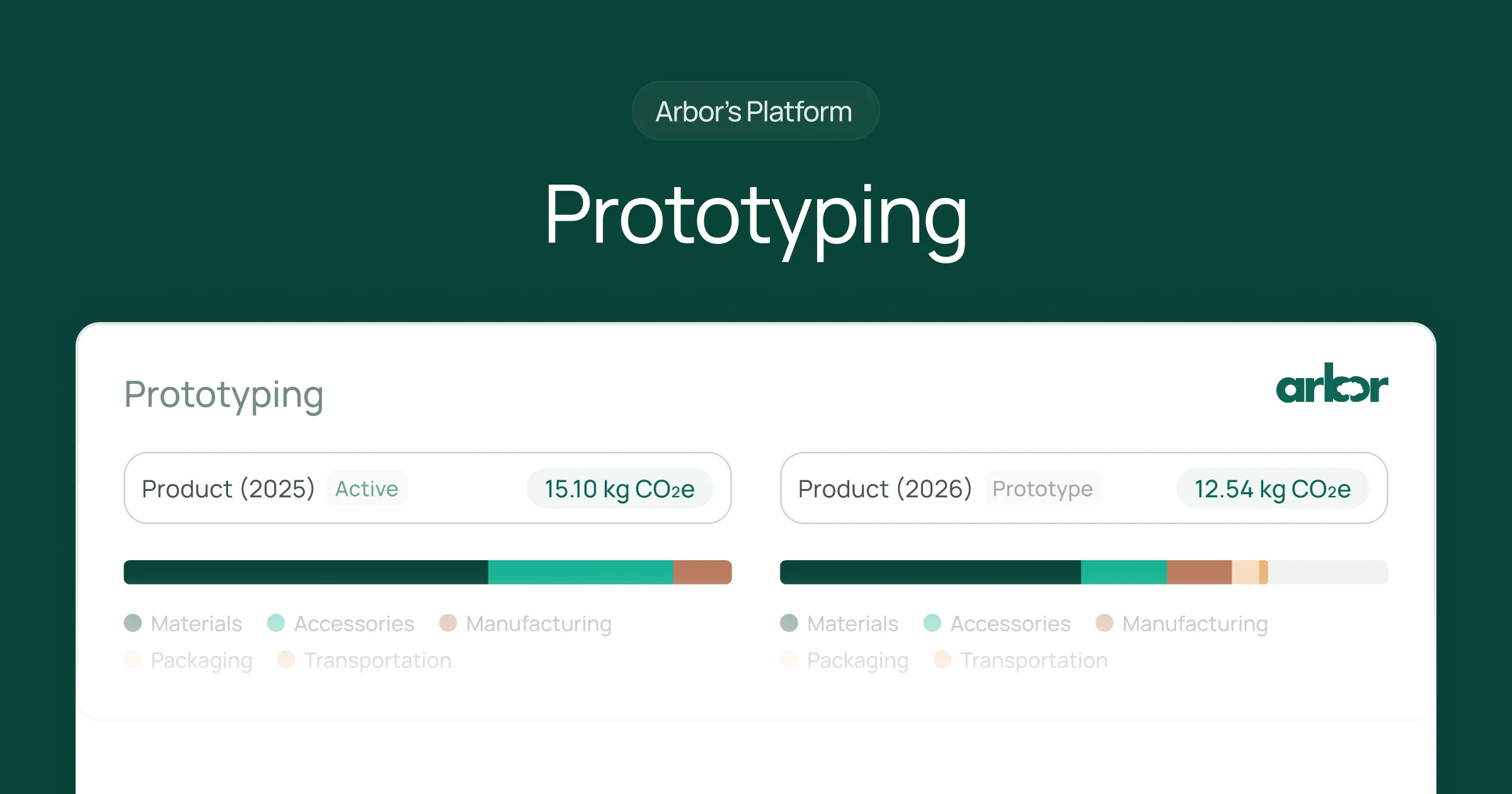


%20Arbor%20Canada.avif)

.avif)
%20Arbor.avif)
.avif)






_.avif)
.avif)
%20Arbor.avif)




%20Software%20and%20Tools.avif)




.avif)
.avif)
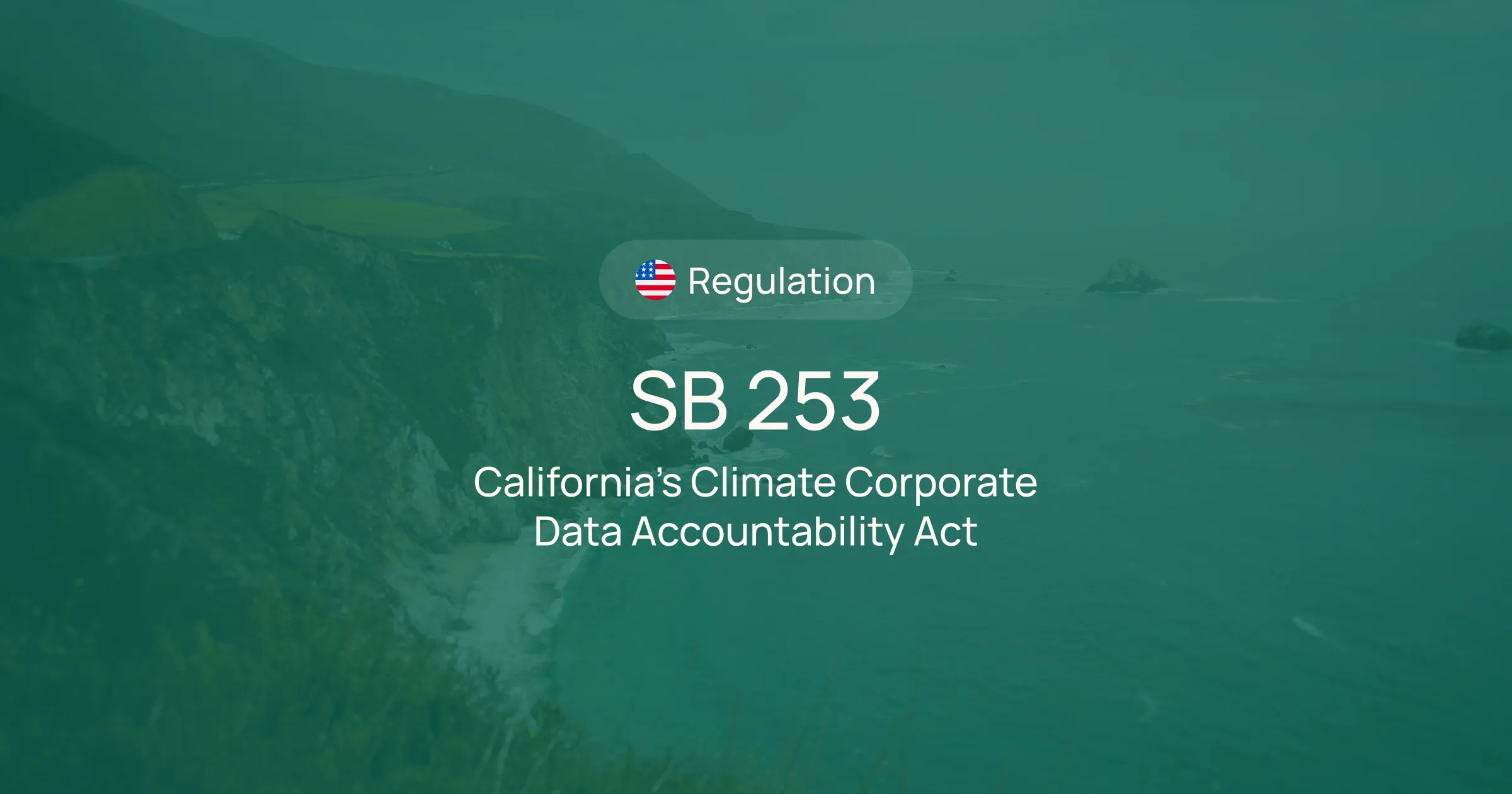



%20EU%20Regulation.avif)












.avif)


%20Arbor.avif)









_%20_%20Carbon%20101.avif)







.avif)

.avif)
.avif)










